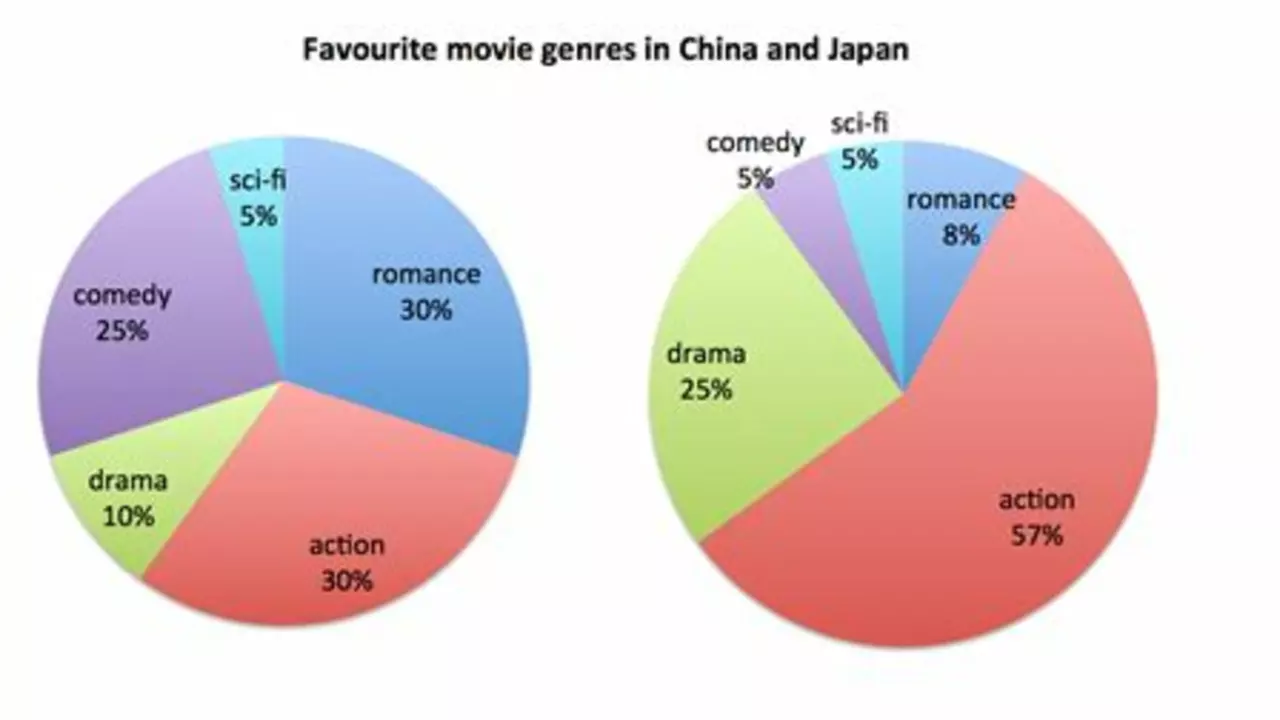Sports Popularity – What Makes a Sport Go Big?
Ever wondered why some sports seem to be everywhere while others stay in the background? It’s not magic – it’s a mix of stars, media, and how easy it is for fans to get involved. In this guide we’ll break down the main reasons a sport catches fire and show you where to spot the next big wave.
How Fans Choose Their Sports
First up, star athletes. When a player breaks records or shows bigger-than-life personality, people tune in just to watch them. Think of LeBron James in basketball or Lewis Hamilton in F1 – their names alone drive viewership. A charismatic star creates drama, headlines, and endless social media chatter, which pulls new fans into the sport.
Next, media coverage. TV networks, streaming services, and even YouTube clips give a sport a platform. The more airtime a league gets, the more people discover it. When a league signs a big broadcast deal, you’ll see more prime‑time slots, richer production, and higher ad spend, all of which raise the sport’s profile.
Measuring the Buzz Around Sports
Accessibility matters a lot. If you can play the sport in your backyard or join a local club, you’re more likely to follow it. Soccer, for example, needs only a ball and a bit of space, so it spreads fast worldwide. Sports that require expensive gear or huge venues stay niche because fewer people can get involved.
National pride also fuels popularity. When a country’s team does well in a tournament, the whole nation rallies around it. The 2018 World Cup made soccer spike in the U.S., and the 2020 Olympics lifted interest in sports like skateboarding and surfing. A strong national story turns casual viewers into loyal fans.
Social media is the new word‑of‑mouth. Highlights, memes, and player interviews get shared in seconds, creating viral moments that boost viewership. Platforms like TikTok and Instagram let fans interact directly with athletes, making the sport feel personal. If a sport trends on these apps, it often sees a surge in new followers.
So how can you keep up with what’s hot? Start by checking weekly viewership charts from broadcasters, follow top athletes on social media, and watch trending hashtags on Twitter or Instagram. Sports apps also give live stats and news alerts, helping you stay in the loop without scrolling through dozens of sites.
Finally, think about what you enjoy most – fast action, strategy, community, or just the chance to play. When you match a sport’s vibe with your interests, you’ll naturally stay engaged. Whether it’s the roar of an NFL stadium, the tactical chess of cricket, or the speed of F1, there’s a sport that fits your style.
Understanding the mix of stars, media, accessibility, national pride, and social buzz gives you a clear picture of why some sports dominate the conversation. Keep an eye on these factors and you’ll always know which sport is rising next.

Are sports more popular now than they were 10 years ago?
In my observation, sports have indeed grown more popular in the past decade. Thanks to the rise of digital media and social platforms, access to sports content has become easier and more widespread than ever before. New technology has also improved the viewing experience, making games more engaging and interactive. Additionally, the proliferation of youth sports programs has sparked a renewed interest in athletic activities at an early age. So yes, in my view, sports are certainly more popular now than they were 10 years ago.
July 17 2023